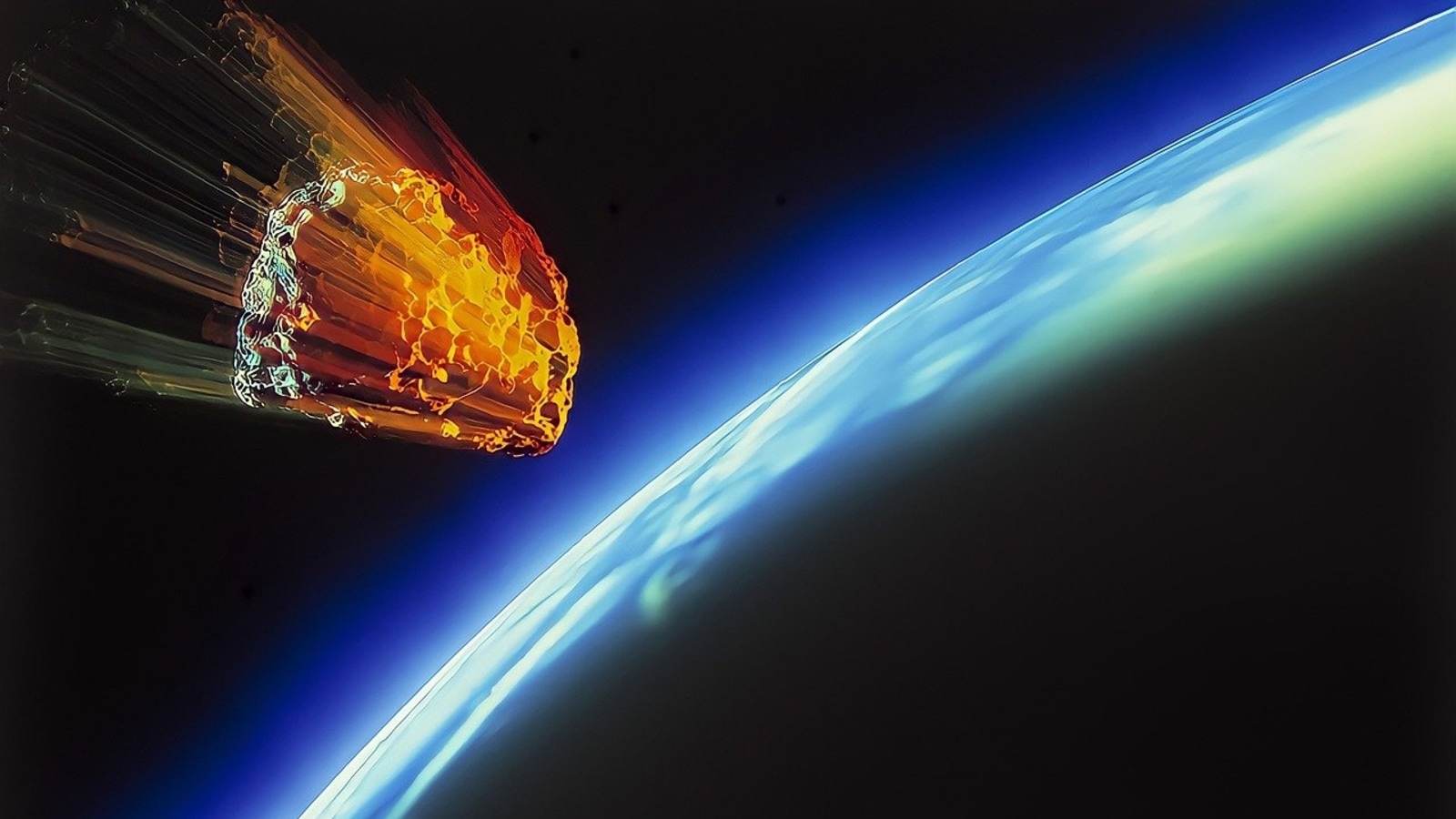In a groundbreaking discovery, an AI algorithm named HelioLinc3D has identified a previously unseen asteroid that has been classified as a potentially hazardous asteroid (PHA). It is a 600-foot wide asteroid. Named Asteroid 2022 GN1, it is comparable in size to a skyscraper and, worryingly, it had gone unnoticed until now. In fact, it flew past Earth at a distance of 4.5 million miles in September 2022.
Unknown Dangers Lurking in Space
While the immediate threat to life is minimal, the finding raises concerns about how many more PHAs might be lurking undetected in our cosmic neighborhood. PHAs are sizable asteroids with a diameter of at least 460 feet and an orbit bringing them within 0.05 astronomical units (approximately 4.6 million miles) from Earth, according to a National World report.
The HelioLinc3D algorithm’s success lies in its ability to analyze data from the Zwicky Transient Facility (ZTF), a telescope designed to detect rapidly moving objects in the night sky. Even with limited visibility, the algorithm was able to locate 2022 GN1.
The Success of HelioLinc3D
This discovery could revolutionize how near-Earth objects are monitored, emphasizing that many potentially hazardous asteroids remain undiscovered. Presently, scientists know about 2,350 PHAs, but it is estimated that more than 3,000 others are yet to be found.
A New Era in Asteroid Monitoring
The HelioLinc3D algorithm will be officially deployed to process data from the Vera C. Rubin Observatory, an advanced telescope situated in the Chilean mountains. This partnership is expected to significantly increase the detection and monitoring of PHAs, thereby improving our understanding of potential risks.
By precisely calculating the orbits and predicting future paths of these asteroids, scientists can respond promptly and consider mitigation efforts if any are found on a collision course with Earth. A PHA with a diameter of around 0.6 miles or more could cause catastrophic global destruction, triggering tsunamis, drastic climate changes, and posing a threat to various species, including humanity.
However, current data indicates that the likelihood of such a catastrophic impact within the next century is relatively low, likely less than 1%. Nevertheless, with the continuous advancements in asteroid tracking technology, our vigilance in monitoring potentially hazardous asteroids remains crucial for Earth’s safety.
As the Rubin Observatory and HelioLinc3D algorithm team up to explore the skies, we can expect greater insights into the cosmos, offering reassurance and protection for our planet.

